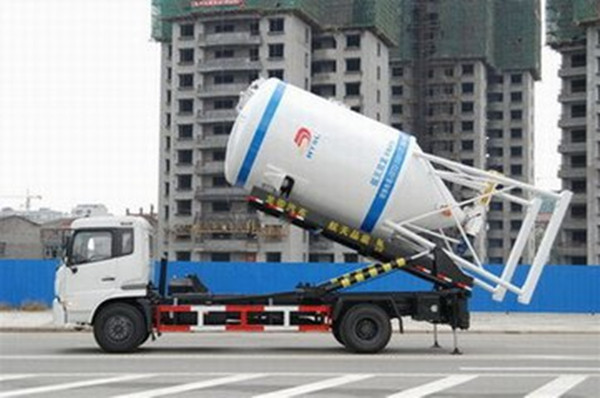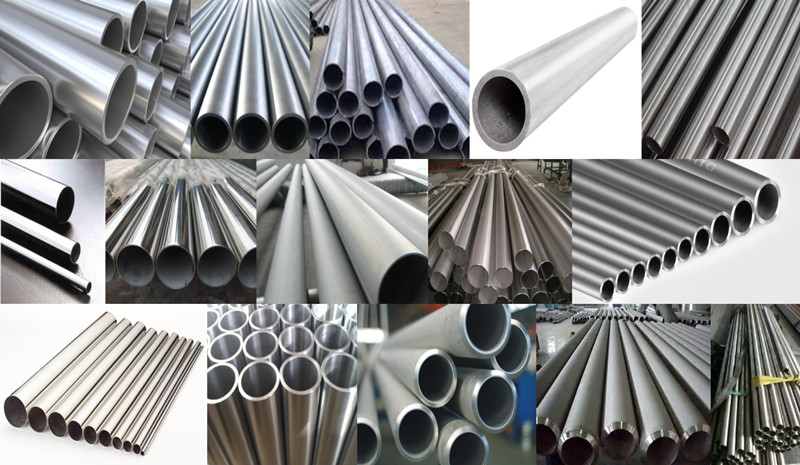The back tanker is a car used to transport dry-mix mortar. It is mainly to transport mortar and other materials from the factory to the construction site. One of the biggest features of the back tanker is that it has a large storage tank for loading the transported material.

The components of the back tanker mainly include the following. Car chassis, flip structure, frame, hydraulic system, electrical, and, most importantly, very large tanks. The components interact closely with each other to jointly realize the rapid transportation and decentralization of the materials. Since the components are all independent, the back tanker is also very convenient to repair in the event of a fault and is repaired symptomatically.
The advantages of back tankers are numerous. First, the volume of the tank is large, and more materials can be stored. Secondly, in terms of easy operation, the cans can be flipped at least 90°, which is very convenient when loading and dropping materials, which greatly reduces the difficulty of the driver in reversing the operation of loading and unloading the material goods. In addition. A one-way blocking valve is set in the system, which can reduce the impact of the back tanker when it flips the tilting frame, and makes the backrest more stable and balanced. Moreover, the back tanker is highly safe and easy to maintain.

The purpose of the back tanker is mainly to transport dry mortar and other materials, transport it from the production plant to the construction site, and after the site is up, only need to start operation, the back tanker can automatically unload the tank with the material. Place it on the ground. The material is released and all operations can be completed in just one person. Unlike the previous need to unload more than one person to load, not only to reduce the labor of operating workers, and only one person can complete the operation, greatly reducing the cost of staff employment and improve economic efficiency. At the same time, compared with manual operation, the speed of automatic operation is not a little bit faster, which greatly improves the efficiency of work.
Having said so many advantages and characteristics of the tanker, the most important thing is its use, its nature determines the use, and the back tanker is very suitable for transporting and loading cargo. Larger and more loadable materials are also available. Fully automatic operation is super convenient and practical. Ability to transport clean and civilized goods. Not only saves time but also saves transportation costs. It is one of the dedicated transportation vehicles in the dry-mixed mortar transportation and storage operation system.
Stainless Steel Pipe is a hollow round steel, mainly widely used in petroleum, chemical, medical, food, light industry, machinery and instruments and other industrial transportation pipeline and mechanical components, etc.. In addition, the bending and torsion strength of the same, the weight is light, so it is also widely used in the manufacture of mechanical parts and engineering structure. Also used for production of various conventional weapons, artillery barrel, etc.
Preparation of stainless steel seamless pipe of the production process a. bar; B. heating; C. hot rolling perforation; D. cutting head; e. pickling; F. grinding; g. lubrication; h. cold processing; I. degreasing; J. solid solution heat treatment; K. straightening; L. pipe cutting; M. pickling; n. the finished product inspection.
classification
Stainless steel pipe material for ordinary carbon steel, quality carbon structural steel, alloy structural pipe, alloy steel and bearing steel pipe, stainless steel pipe and to save precious metals and meet the special requirements of double metal composite pipe, coating and coating tube. Stainless steel tube of a wide variety of uses, its technical requirements are different, the production method is also different. The current production of steel pipe diameter range 0.1 - 4500mm, wall thickness range of 0.01 ~ 250mm. In order to distinguish the characteristics, it is usually classified as follows.
Stainless steel pipe according to the production methods are divided into two major categories of seamless tube, and welded tube, Seamless Steel Pipe and as hot-rolled steel pipe, tube cold rolling, cold drawing tube and tube extrusion etc., cold drawing, cold-rolled is secondary processing of steel pipe, welded pipe branch is a straight seam welded pipe and spiral welded pipe.
Photo of our Stainless Pipe:

Production process
Production technology of stainless steel welded pipe:
The raw materials - welding pipe - end repair - polishing -- Inspection (printing) - Packaging - shipment (warehousing) (decorative pipe)
Raw material points - welding pipe heat treatment -- correction - straightening straight - xiu end - pickling and hydraulic pressure test and test (printing) - Packaging - shipment (12.5) (welded pipe industry piping pipe)
Hardness
Stainless steel tubes are commonly used in general, the Vivtorinox three hardness indicators to measure the hardness.
Vickers hardness
Vivtorinox hardness test is a kind of indentation test method, which can be used to measure the hardness of thin metallic materials and surface layer. It has the main advantages of the method of the method of the law of the family and the law of the law, but it is simple and easy to use, but it is not easy to use the method of the Vivtorinox method.
Hardness test
Stainless steel tube inner diameter above 6.0 mm, wall thickness in 13mm following annealing of stainless steel tubing can used to W-B75 type Merriam Webster Hardness Meter, it tests the very fast and easy, suitable for of stainless steel pipes do quick and nondestructive inspection. The inner diameter of the stainless steel tube is larger than 30mm, and the wall thickness is larger than that of 1.2mm stainless steel pipe. The hardness of HRB and HRC is tested by using the hardness tester. Stainless steel tube inner diameter greater than 30mm, wall thickness less than 1.2mm of stainless steel pipe, using the surface of the hardness tester, test HRT or HRN hardness. The inner diameter is less than 0mm, more than 4.8mm of stainless steel pipe, using the tube special for the hardness tester, test HR15T hardness. When the inner diameter of the stainless steel pipe is larger than 26mm, the hardness of the inner wall of the tube can be tested by the tester of the surface of the tube or the surface of the hardness tester.
Stainless Pipe
Mild Steel Pipe,Seamless Pipes,Welded Pipes,Stainless Pipe
Unisite Group Ltd. , https://www.unisitemarine.com